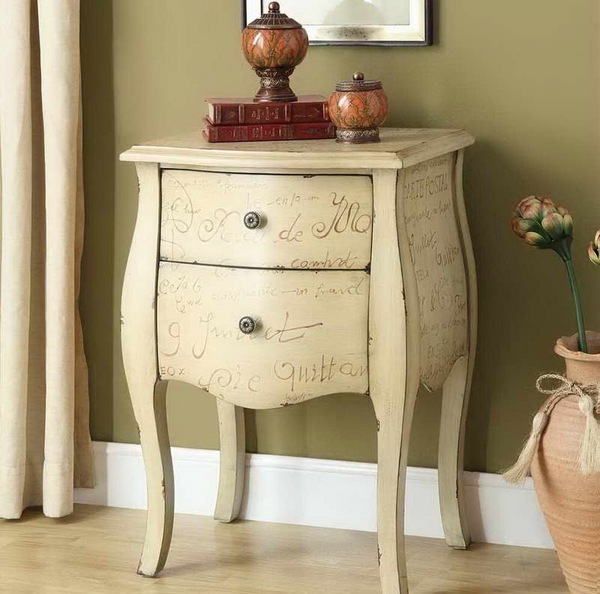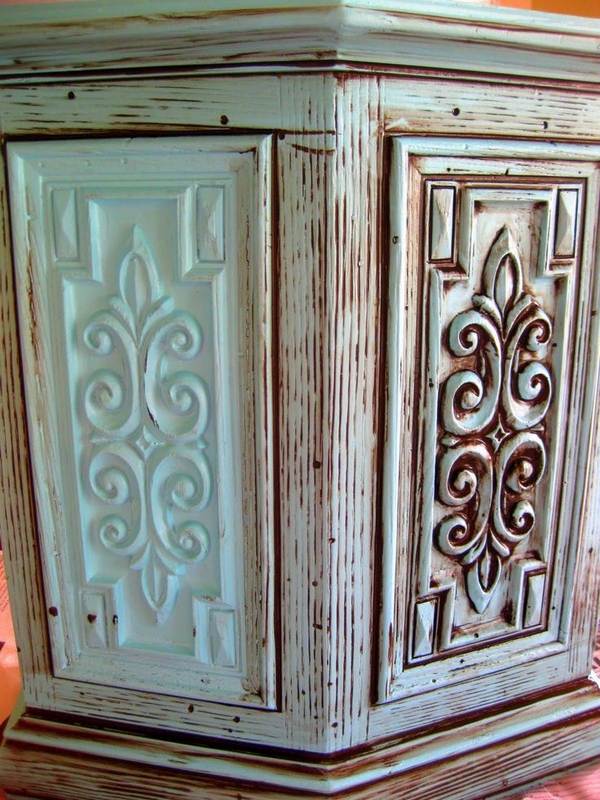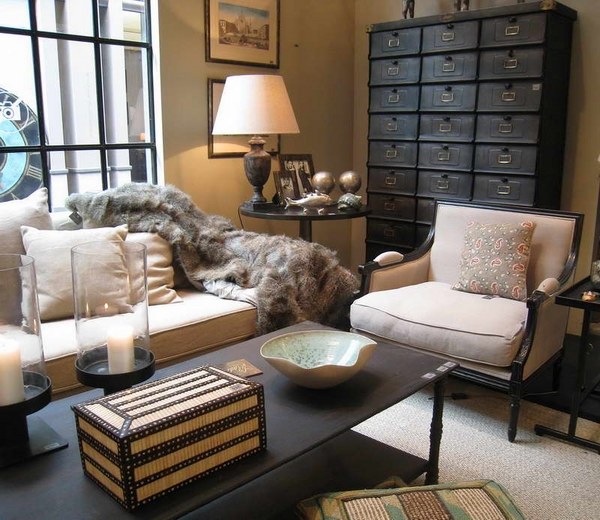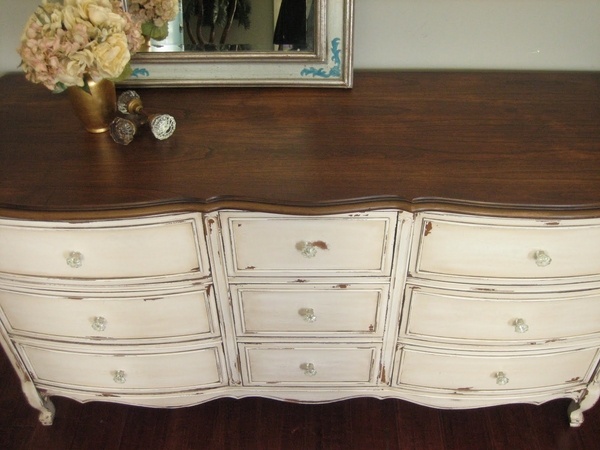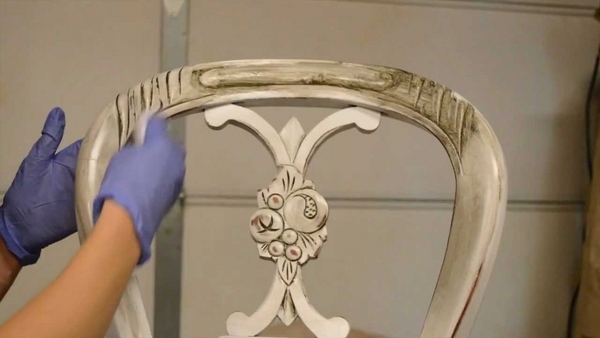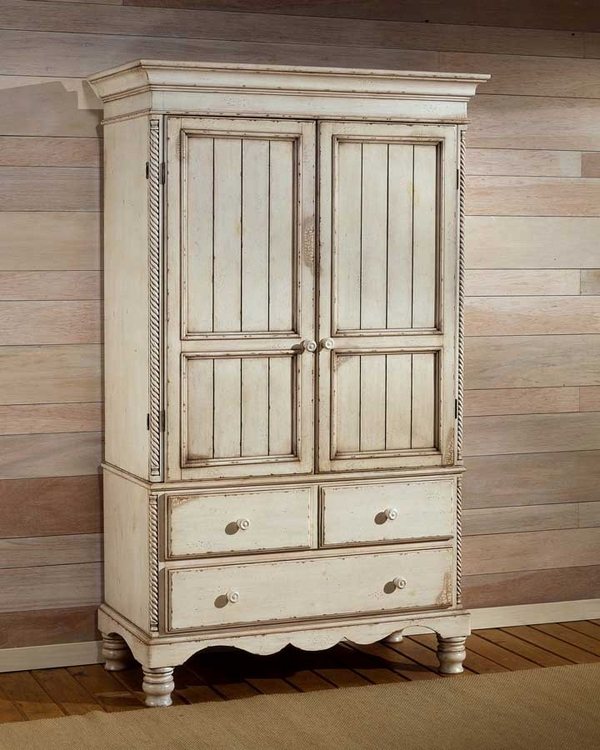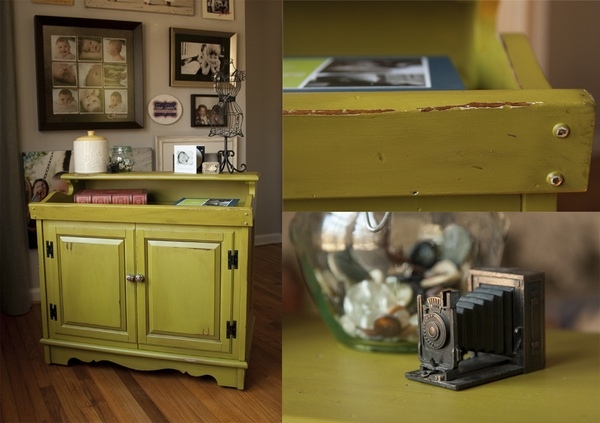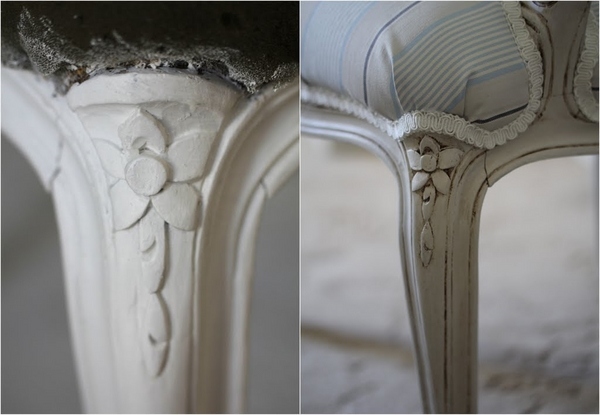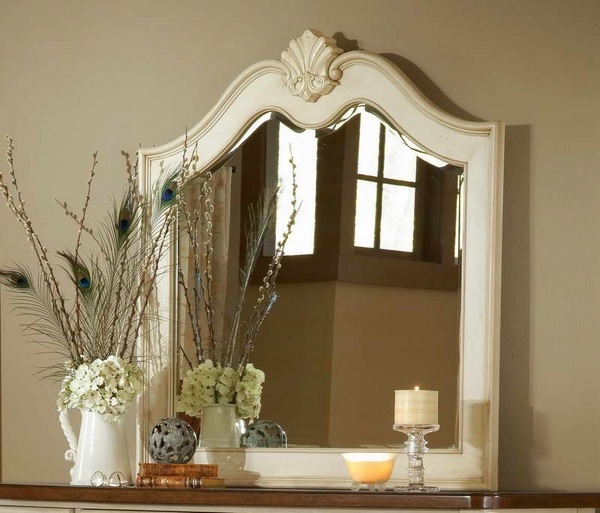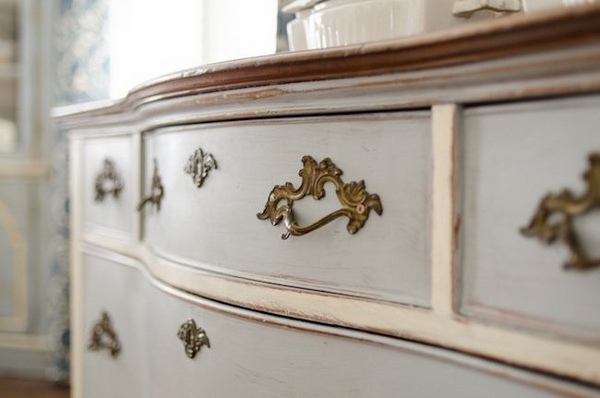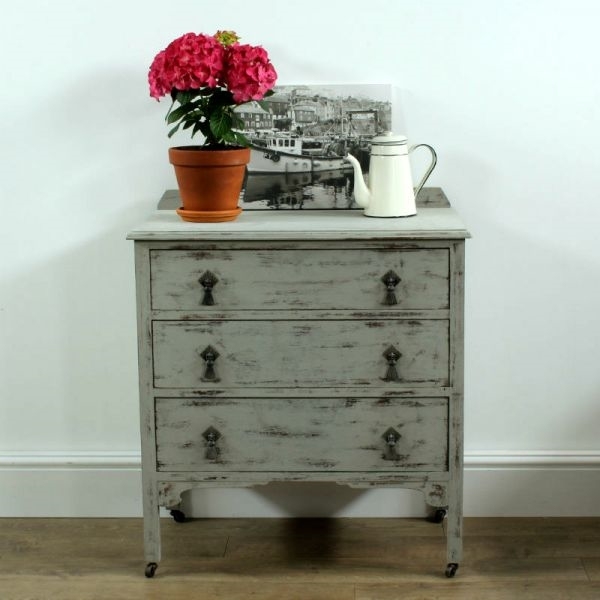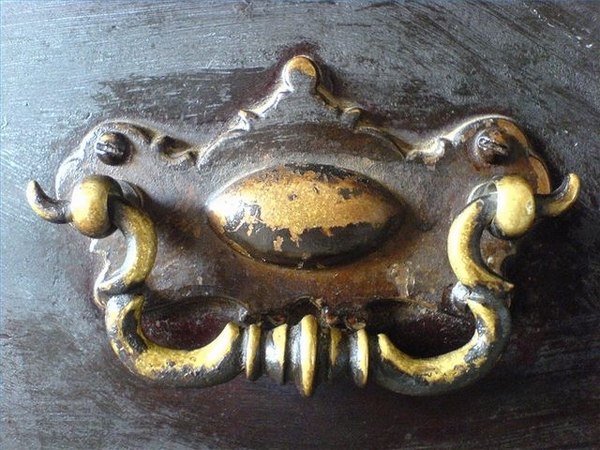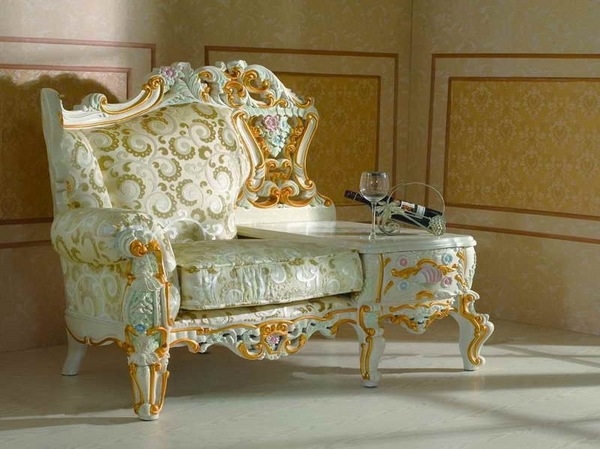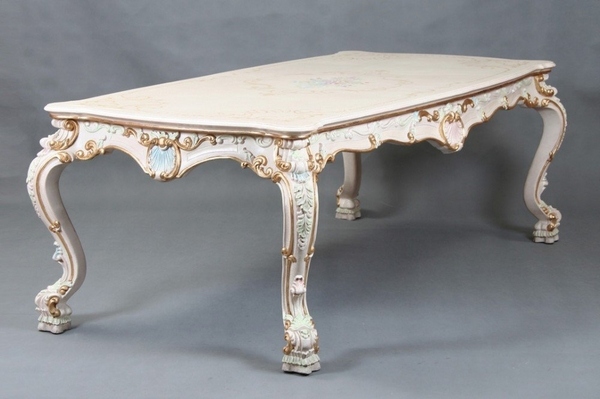Antique wooden furniture has a special view, which modern and new items cannot have. Many people prefer the feeling and the atmosphere of classic elegance or romantic shabby chic. Antiquing furniture can be a weekend DIY project and there are some rules you need to follow so that your project is successful and you are pleased with the result.
Antiquing furniture methods and ideas
To begin with, the first step in the antiquing process is to paint stains. Coat the wood with a soft cloth adding small portions of wood finish at a time. Wipe off the excess stain with a clean dry cloth and leave the stains to dry.
Aging wood
Aging wooden elements artificially is now one of the most popular trends when decorating interiors to achieve a shabby chic or an antique look. This is done with the help of sandpaper which helps to rub the corners and the edges in order to round them.
If you wished to have additional effects, you may use the sharp end of a knife or other sharp object and pierce small holes on the surface of the wood to imitate wormholes.
Antiquing furniture with paint
Antiquing furniture with paint is considered to be one of the easiest ways to create a distressed look and aged look. Once you have applied a primer, you need to apply a base coat of paint and then add a satin or flat finish.
Antiquing furniture with glaze should be a process which follows the initial painting and distressing. The glaze is applied to add character and individuality to the furniture. You can either remove some of the glaze to achieve a distressed look or add it to certain areas.
A lovely white dressing table and stool

